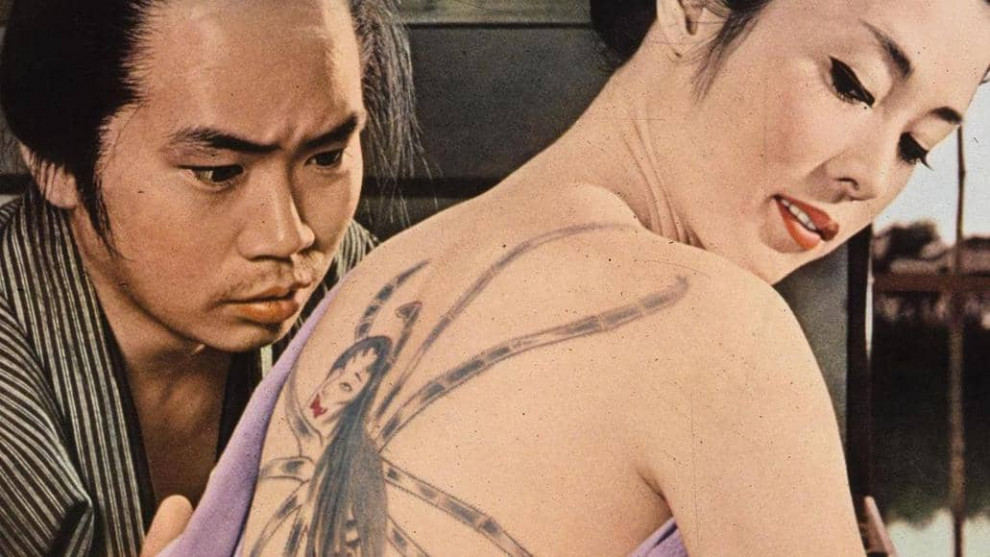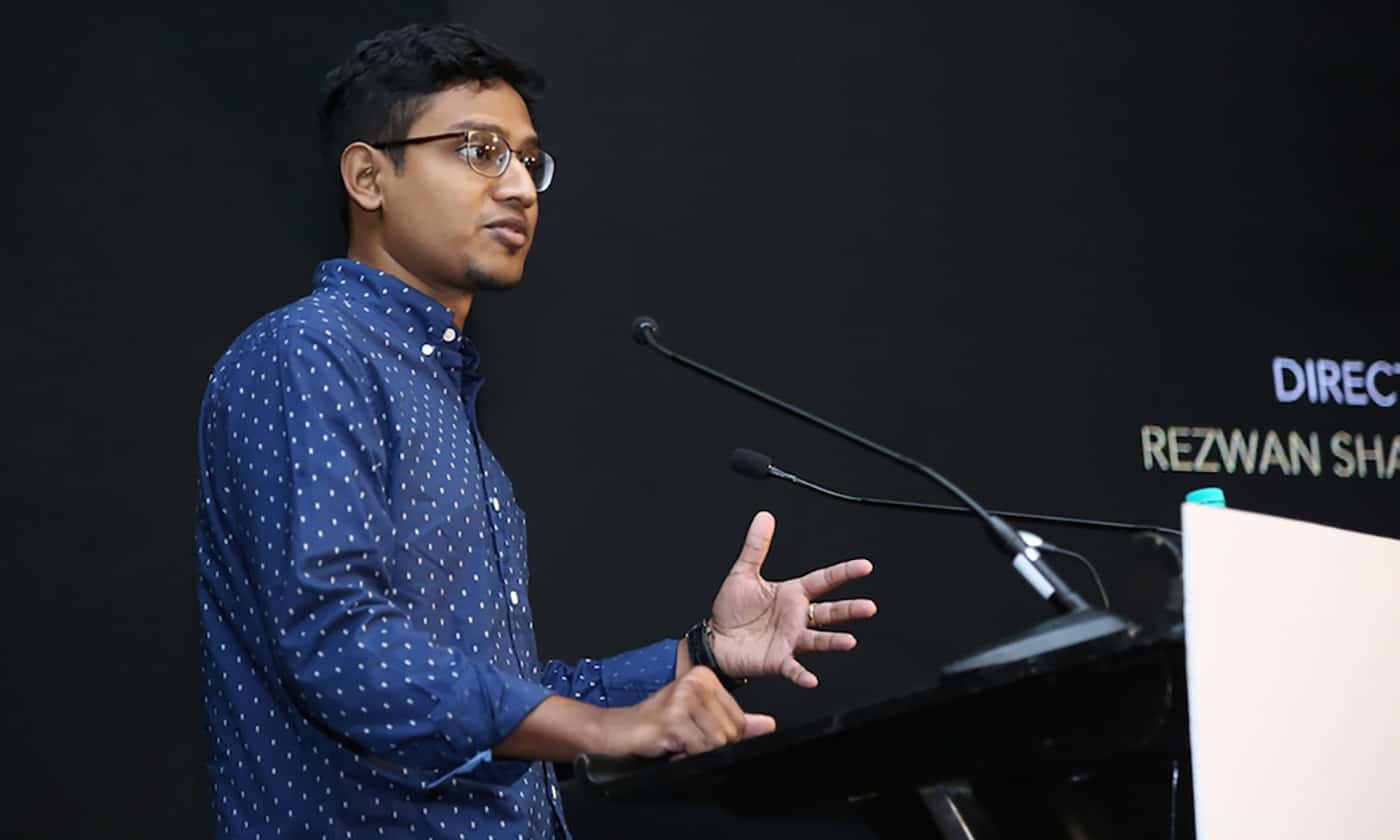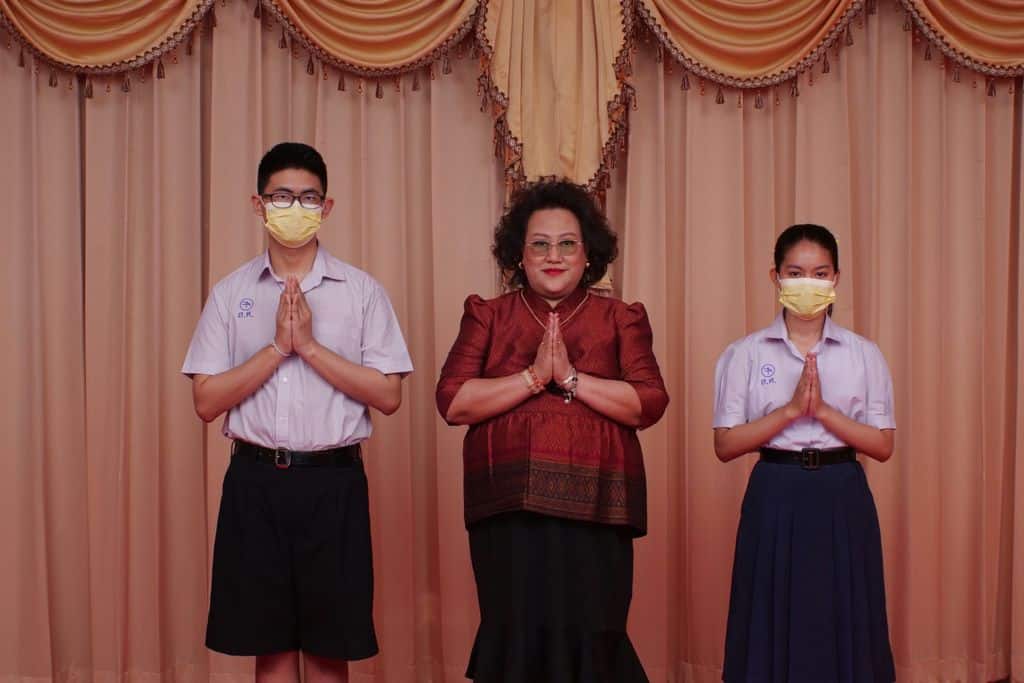Yasuzo Masumura may be practically unknown to the west, but he is quite famous and respected in Japan, with filmmakers like Shinji Aoyama and Nagisa Oshima considering him as one of the precursors of the Japanese New Wave of the sixties, and one of the most important creators in postwar Japan. Thankfully, Arrow Films has done a significant effort to change the fact, by releasing a number of his lesser known titles. “Irezumi” is of the first films that established his exploitation style, which was later implemented in his most well known ones, like “Hanzo the Razor: The Snare” and “Blind Beast.”
Buy This Title

Based on a novel by Junichiro Tanizaki and scripted by the great Kaneto Shindo, the story revolves around a true femme fatale named Otsuya, a daughter of a rich merchant. In the beginning of the film, she persuades her lover, Shinsuke to betray her father, who has helped him a lot and considers him a trusted associate, and to elope with her. The two of them end up in Gonji's Inn, where a series of unfortunate events take place. Gonji first leads Shinsuke away from the inn, where he has planned to have him drunk and then assassinated, and then sells Otsuya to a pimp named Tokubei. While in captivity, the young woman has a tattoo forcefully drawn on her back by a mysterious individual named Sekichi. The tattoo is a huge and onerous spider, which signifies that she belongs to Tokubei, who subsequently prostitutes her. However, Shinsuke manages to escape his fate and Otsuya turns her situation in her favor, becoming, in the process, a true and deadly “black widow.”, essentially using Shinsuke to exact revenge from anyone who has wronged her.
Masumura directs a film where the elements of exploitation, as dictated by the combination of violence and sex, become evident from the introductory scene, which is actually the one where Otsuya forcefully receives her tattoo, with Sekichi being the medium of the first element, and Otsuya, whose cries play more like erotic moans than sounds of pain, the second. This combination is the one that actually permeates the narrative, as most of its aspects derive from these two factors.

In that regard, the violence is frequently presented through the plethora of fights in the story, which are impressive through the realistic depiction of the desperation emitting from the people involved with them, as they exemplify how regular people would fight to the death. Particularly the one in the woods, in the rain, is magnificent to look at, and one of the most memorable sequences in the movie, both visually, but also contextually, since it signifies the metastrophe of Shinsuke.
Regarding the eroticism, the movie benefits the most by Ayako Wakao's presence, who manages to emit a sex appeal even when she has a tattoo drawn on her back or when she is being beaten, even if nudity here is essentially non-existent, with the only part of her body repeatedly shown naked being her back. Probably the scene that cements the sensuality she emits is a rather brief one, that could easily be ignored due to its briefness, but emerges as truly memorable, as we watch her leisurely walking among the patrons in Genji's parlor, with the grace of a cat. The gazes she attracts, just by being there essentially, justify the level of manipulation she achieves on all the men she meets, who eventually become pawns in her hands. The camera seems to love her every time she appears on screen, and DP Kazuo Miyagawa took advantage of the fact, in order to present a plethora of scenes that highlight both her beauty and her femme fatale hypostasis. In general, his work emerges as one of the best traits of the movie, with his plethora of interior shootings communicating the claustrophobic sense Masumura wanted the film to emit, a sentiment that becomes even more intense during the fighting scenes, and particularly the final one, which is part of the great finale. Regarding the cinematography, however, one will have to watch Daisuke Miyao visual essay on the topic, included in this particular release in order to appreciate it fully.
Kanji Suganuma's editing is also quite good, with him implementing a relatively fast pace that suits the episodic aesthetics of the narrative to the fullest, while the flashbacks are well timed, adding to the overall appeal of the story. Apart from the imposing presence of Ayako Wakao, Akio Hasegawa also delivers a great performance as the initially naive and shy Shinsuke, who, in the hands of Otsuya, becomes a cold blooded killer. The way she makes him repeatedly go against his nature, destroying him in the process, emerges as another great trait of the narrative, which also highlights the great chemistry between the two.
As we have mentioned before in our tribute to Japanese exploitation, the genre found its apogee, both artistically and in terms of entertainment, in the local productions of the 60s and 70s, and “Irezumi” is another testament to the fact, as much as to the value of Masumura's works















